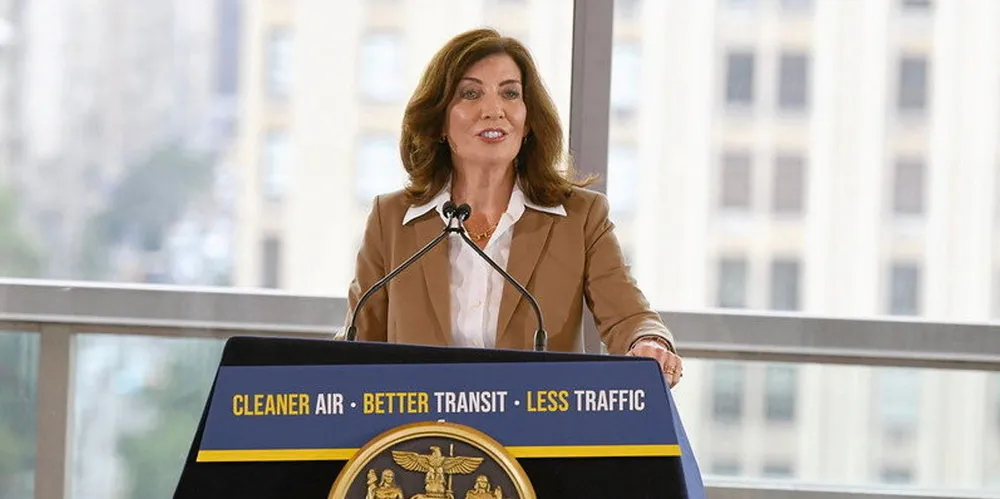Native New Yorker GE looms large as state's offshore wind bidders lay plans for a win
US turbine maker founded in Empire State enjoys strong local support, but 4.7GW auction could still have room for European contenders

Recently unveiled bids into New York’s round 3 offshore wind solicitation reveal that US turbine maker GE’s proposal for manufacturing facilities has support of all developers involved.
European rivals Siemens Gamesa’s and Vestas’ proposals for manufacturing capacity meanwhile have each gained support of a single developer in supply chain proposals that by law have to accompany the bids.
“Given the manufacturing tax credits and domestic content bonus credits in the IRA [Inflation Reduction Act], it could be that developers see GE as better positioned to capture those additional benefits, leading to better project economics,” she added.
GE’s New York ties also help. The conglomerate was founded over 130 years ago in Schenectady, New York, little more than 20 miles from Albany, and still employs around 5,000 in the state.
“GE is still a preferred vendor in the US because of their deep-rooted relationships with politicians and government officials in every state in which they operate,” said Philip Totaro, CEO of renewable energy data analytics firm IntelStor.
Patent troubles
The company has since released a redesigned model that excludes the offending tech.
“With the injunction forcing the design change to a non-infringing design, and their intent to use the non-infringing design on the ~16MW platform for these NY Round 3 projects, I do not foresee the same headaches for them which they have with the 12MW Haliade-X,” said Totaro.
New York has 4.3GW already under contract towards its 9GW by 2035 mandate, and its round 3 tender at nearly 5GW is the largest ever for a US state, potentially providing ample opportunity for multiple OEMs.
Supply chain fragmentation
The concentration of capacity in New York might come at the expense of neighbouring states, though.
All US states require supply chain packages in their procurement rounds, which may lead to smaller, state-specific facilities that inhibit economies of scale and result in higher costs.
The New York State Energy Research and Development Authority (Nyserda), the state agency overseeing offshore wind, weighs 20% of round 3 bids on supply chain proposals.
GE is in the frame for manufacturing capacity in the New Jersey Wind Port and declined to comment on how its New York proposals may have impacted those talks.